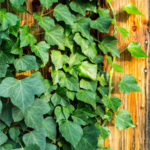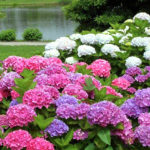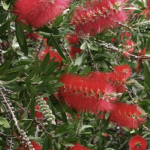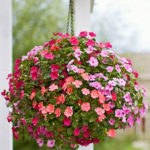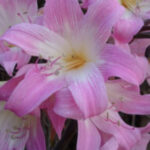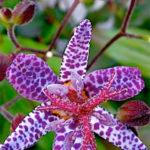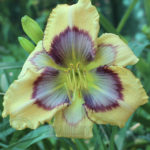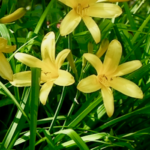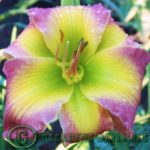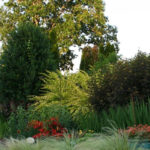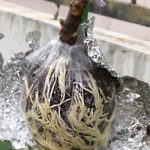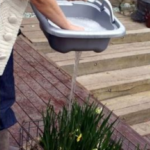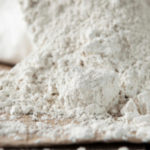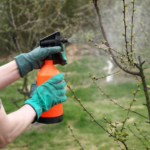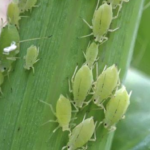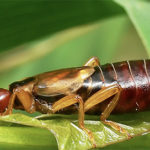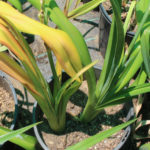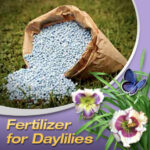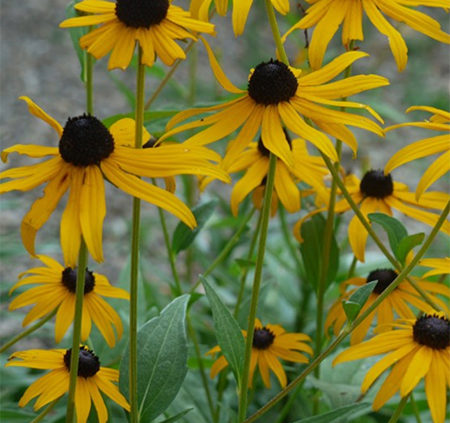
Rudbeckia Care And Propagation
How To Plant And Care For Rudbeckia?
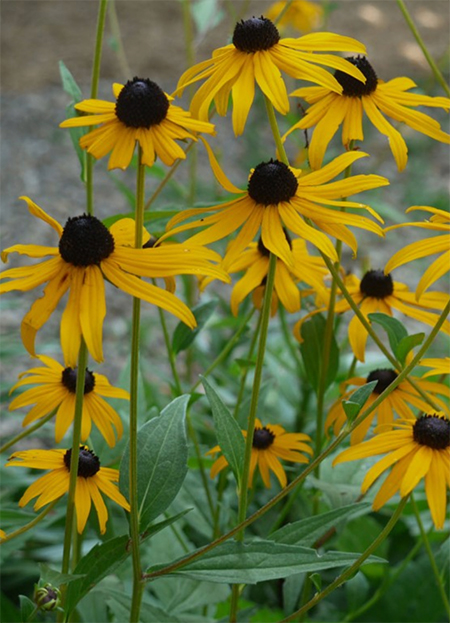 Rudbeckia has become one of the most common flowering plants that are seen growing in many home gardens. It is also known as the coneflowers, brown-eyed Susan, cone disk sunflower, or the black-eyed Susan. These flowering plants have showy flowers and belong to the sunflower family. They come in a wide variety of species and you can find both annual and perennial Rudbeckia. These plants can occupy a major portion of your garden as they spread very quickly. Once the weather warms up bloom period is in summer and autumn, they can easily create a yellow blanket over your garden area. In cold neighbourhoods, they will most likely be winter dormant.
Rudbeckia has become one of the most common flowering plants that are seen growing in many home gardens. It is also known as the coneflowers, brown-eyed Susan, cone disk sunflower, or the black-eyed Susan. These flowering plants have showy flowers and belong to the sunflower family. They come in a wide variety of species and you can find both annual and perennial Rudbeckia. These plants can occupy a major portion of your garden as they spread very quickly. Once the weather warms up bloom period is in summer and autumn, they can easily create a yellow blanket over your garden area. In cold neighbourhoods, they will most likely be winter dormant.
More About Rudbeckia
The Rudbeckia are herbaceous plants that are mainly perennial with some species being annual and biannual. Rudbeckia plants can grow from 0.5 to 3 metres tall. They have simple or branched stems and the leaves of these flowering plants are arranged spirally and are about 5 to 25 cm long and are deeply lobed. The flowers come out in yellow or orange florets that are arranged in a cone-shaped head. This is why they are known as cornflowers. The florets are ray type and point towards the outside and downwards. The yellow colour is the most prominent colour of flowers and nowadays you can also get red coloured and orange coloured Rudbeckia flower varieties.
How to Grow Rudbeckia?
These flowering plants prefer to grow in full sunlight. Most can tolerate light shade, but will not grow in fully shaded regions. It is important to fertilise the soil before planting the seeds or the plant. The soil has to be rich in organic matter and must be one that holds moisture. The soil should be a well-draining soil and must not dry out or get waterlogged.
- The plants that you buy from the nurseries must be fixed in fertile soil that is rich in organic matter.
- Dig the soil and add organic matter to the soil like natural compost. Make a deep sized hole so that the root ball of the Rudbeckia plant can easily be placed inside.
- If you are planting seeds, then it is best to plant them in fertile soil that reaches about 70 degrees F temperature. The seeds will take 14 to 30 days to germinate.
- The root ball has to be placed in the hole in such a way that the crown of the leaves is just at the soil level.
- Fill the hole with the fertilised soil and ensure that the plant firmly holds onto the soil.
- Add 2 to 3 inches of mulch over the soil around the planted plant.
- Water the plant in and make sure that the soil is always moist.
Care for Rudbeckia
The soil needs to be kept moist in order to prolong the flowering. It is important to water the soil or the compost and not the foliage to get better blooming. To improve the size of the flowers, you can add liquid plant food every two weeks during the flowering period, this works well. The faded flowers need to be deadheaded from the plant to increase flowering.
Perennial Varieties of Rudbeckia We grow, and Many more
- Rudbeckia Laciniata Herbstson
These plants are perennials that have golden coloured and drooping petals. The head of the plant is pale green in colour and is conical in shape.
- Rudbeckia Hirta
These plants have semi-double or double flowers that come in red, orange, yellow, mahogany and bronze shades. They do not last long, but they re-seed themselves.
- Rudbeckia Goldquelle
- Rudbeckia Herbstsonne: We grow both of these perennial varieties as well.
Rudbeckia Golden Glow for sale find Golden Glow in our Perennials Flowers And Bulbs For Sale


